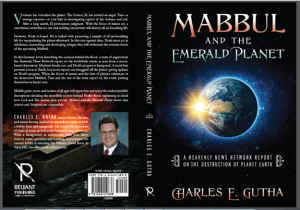I once heard someone explain fiction this way: “The purpose of writing fiction is to create a world and draw the reader into that world”.
The Latin word “fictus,” means “to form”. Merriam Webster defines fiction as, “literature in the form of prose, especially novels, that describes imaginary events and people.”
Fiction is one of two branches of literature (the other being non-fiction). It consists of stories, novels, and dramas. Using imaginary characters or events it conveys concepts bigger than the story itself.
Historical, Biblical, and Scientific Fiction is based on actual events. By adding fictitious or composite characters the writer skillfully weaves a tale explaining the actual events.
Historical fiction takes place in real history, explaining the places and events.
Biblical fiction expounds on events or lessons from the Bible giving details missed by the casual reader.
Scientific fiction builds stories around science and the possibilities of science. It gives a narrative explaining the why’s, how’s, and theories found in science. However, the reader must be careful to separate fact from fiction. Many ‘scientific theories’ are based on someone’s wild imagination or on hoaxes and not on real science:
Perhaps you have heard of the lemming: a small rodent found near the arctic circle. When the population becomes too dense, a group will leave its overcrowded home to swim for another shore. Sometimes they do not make it. When sailors saw this they made assumptions and told tales.
For years the myth stating lemmings commit mass suicide every so often, have been taught to children everywhere. “This includes the 1958 Disney film White Wilderness. This fraud, revealed in a CBC documentary, Cruel Camera, found the lemmings used for White Wilderness were flown from Hudson Bay to Calgary, Alberta, Canada, where far from ‘casting themselves bodily out into space’ (as the film’s narrator states), they were, in fact, dumped off the cliff by the camera crew from a truck. Because of the limited number of lemmings at their disposal, which in any case were the wrong sub-species, the migration scenes were simulated using tight camera angles and a large, snow-covered turntable.” (Wikipedia).
There are many other examples of bad science, especially when searching for the “missing link”. Be careful to separate fact from fiction. A lot of fiction shows up in textbooks disguised as non-fiction, or in the media disguised as “News”.
The function of fiction is to entertain, educate, and inspire the audience. by creatively stimulating all our senses, the task of the writer is to invoke the audience’s emotions giving an experience beyond daily living, providing insight into the characters lives and events. Fiction is a tool for educating and challenging the reader.
Fiction can also provide an escape from reality, creating a false reality and a false worldview.
 Next, the interactive post: Reviews
Next, the interactive post: Reviews